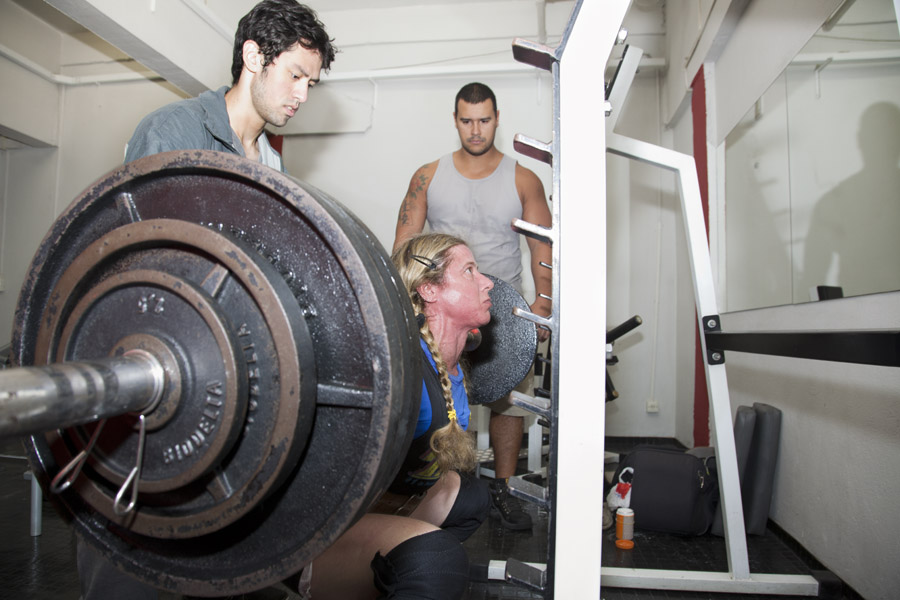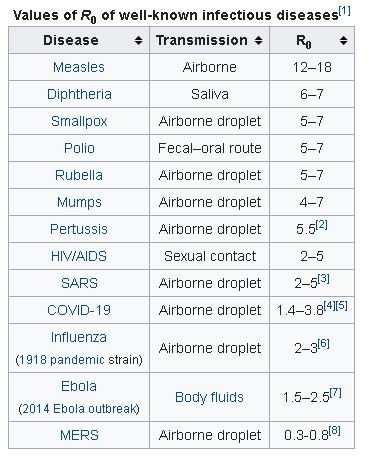
Since I started this series of coach logs about respiratory illness among athletes (lower and upper respiratory tract), coronavirus and the disease it causes, COVID-19, became a major concern for everyone. COVID-19 is a new disease, there are still several unanswered questions concerning the transmission and molecular biology aspects of the pathogen but the most serious problem concerning the pandemic is the lack of epidemiological information about many countries. As always, lack of data is filled with speculation. We have the whole spectrum of (wrong) speculative “opinions” about COVID-19, from “it’s just like the flu and people are over-reacting” (very, very wrong) to “we’re all gonna die” (completely wrong).
Let’s start with a reality shock: nobody, and that includes me, can answer what to expect about COVID-19 in the US and most other countries. China is a big exception because an international task force using sophisticated technology, including big data analysis and artificial intelligence, figured out the disease and applied strict containment and treatment methods. Most of the available information comes from that experience.
Report of the WHO-China Joint Mission on Coronavirus Disease 2019 (COVID-19)
No other country is close to being as prepared as China and the US is unfortunately among the least prepared. The CDC and ACHA are releasing guidelines. Sadly, not the important epidemiological information.
For you – coach or athlete – two things matter: the general guidelines for the population and specificities of your craft, like training and competing.
The less information we have about an epidemic that may be potentially very serious, the more we must err on the side of caution.
General guidelines for the population, the most important of which are:
1. Frequently wash your hands with soap. By “frequently” we mean between touching or manipulating something and touching and manipulating something else, before leaving some place and immediately upon entering another place.
WHY: because the transmission of this virus includes touching an object with viable (reproductive) viruses and then touching an entry path on the body (eyes, mouth, open wounds, genitalia). Soap disrupts the virus external membrane.
2. Clean as often as possible frequently touched surfaces for the same reason as above: viruses may remain viable outside the body. It is still unclear for how long and under which conditions. If you don’t know, what do you do? Be extra-careful.
3. Avoid crowds and maintain at least 3ft from other people.
WHY: droplet sprays from a person’s mouth when they speak, or, worse, when they cough or sneeze, can reach far.
4. Avoid touching your eyes, mouth, nose or scratch wounds because they are ports of entry and your hands may be contaminated. You’d be surprised at how many times we unconsciously touch and scratch our faces.
5. Cover your mouth with your elbow, not your hands, when you cough or sneeze.
As a coach and an athlete, what else is safe and cautious?
1. I’m sure you are going to hate it, but the first thing is to cancel your competitions until more is known about the disease in the US, or it is contained. The reasons should be obvious: it is a serious disease, it is not "a" flu and you have no clue about how much you are exposed because epidemiological data are not being released as they should in the US (besides not being obtained as they should, meaning proactive testing). See the previous article concerning the several exposure opportunities in a competition. It’s simply impossible to keep a safe distance from everyone.
2. Take a hand sanitizer to the gym. Seriously: do you think you will go to the bathroom between every set? No? Then use hand sanitizers.
3. Don’t yell to encourage anyone (you are spraying the environment with your saliva). Tell everyone you do not admit yelling around you. Safety beats playing nice.
4. Don’t open your mouth while spotting someone on the bench press or while benching with someone spotting. That includes speaking. Don’t speak (same reason as above).
5. There is a well-known immune depression window of several hours after a strenuous training or competition effort. The depression intensity and window duration depend on several factors and are affected by factors unrelated to the sport. Therefore, it’s an excellent idea to go home, rest, eat and drink water. It’s a (very) bad idea to go shopping or eating out.
Misleading information published by everyone, including health professionals:
“It’s just like a flu”. Well, technically it’s right: both are caused by a virus. But it’s a stupid and irresponsible comment. If the person is mildly epidemiologically savvy, they may mean that the basic reproduction number (R0) is similar to the flu. Take a look at R0’s from different viral diseases. Even with no technical knowledge, nobody would say that Ebola is just like a flu. Yet, their R0 are similar. That’s because in epidemiology there are many other variables that define the gravity of an epidemic, such as incubation time, communicability, latent period, susceptibility, immunity, herd immunity, and others.
You can’t know which stranger close to you at the Walmart line is contagious because one thing we know about COVID-19 is that non-symptomatic individuals may transmit the virus.
From: Basic reproduction number
“Masks are useless”. No, they are not. Disposable surgical masks block up to 98% of bacteria and droplets. Of course, if its an airborne virus it is useless. Let’s not even think what an airborne virus with COVID-19’s mortality rate would cause.
“It’s ok, we’ll take care”. That’s the epidemiological equivalent of “what could possibly go wrong”, “I got this – hold my beer” and “it’s not as bad as they say”. Ignorance is one of the most lethal things.
Please be safe, please don’t be stupid, please don’t “read it on the internet”. The authoritative sources have websites. That doesn’t mean any web page about COVID-19 is credible. I check several times every day the Johns Hopkins dashboard and I read primary sources (peer-reviewed research publications) because I have to, it’s my job.
Below are some useful links and others for further reading:
Preventing COVID-19 Spread in Communities
Coronavirus COVID-19 Global Cases by Johns Hopkins CSSE
Coronavirus disease (COVID-19) outbreak
Coronavirus disease (COVID-19) advice for the public
Principles of Epidemiology in Public Health Practice










